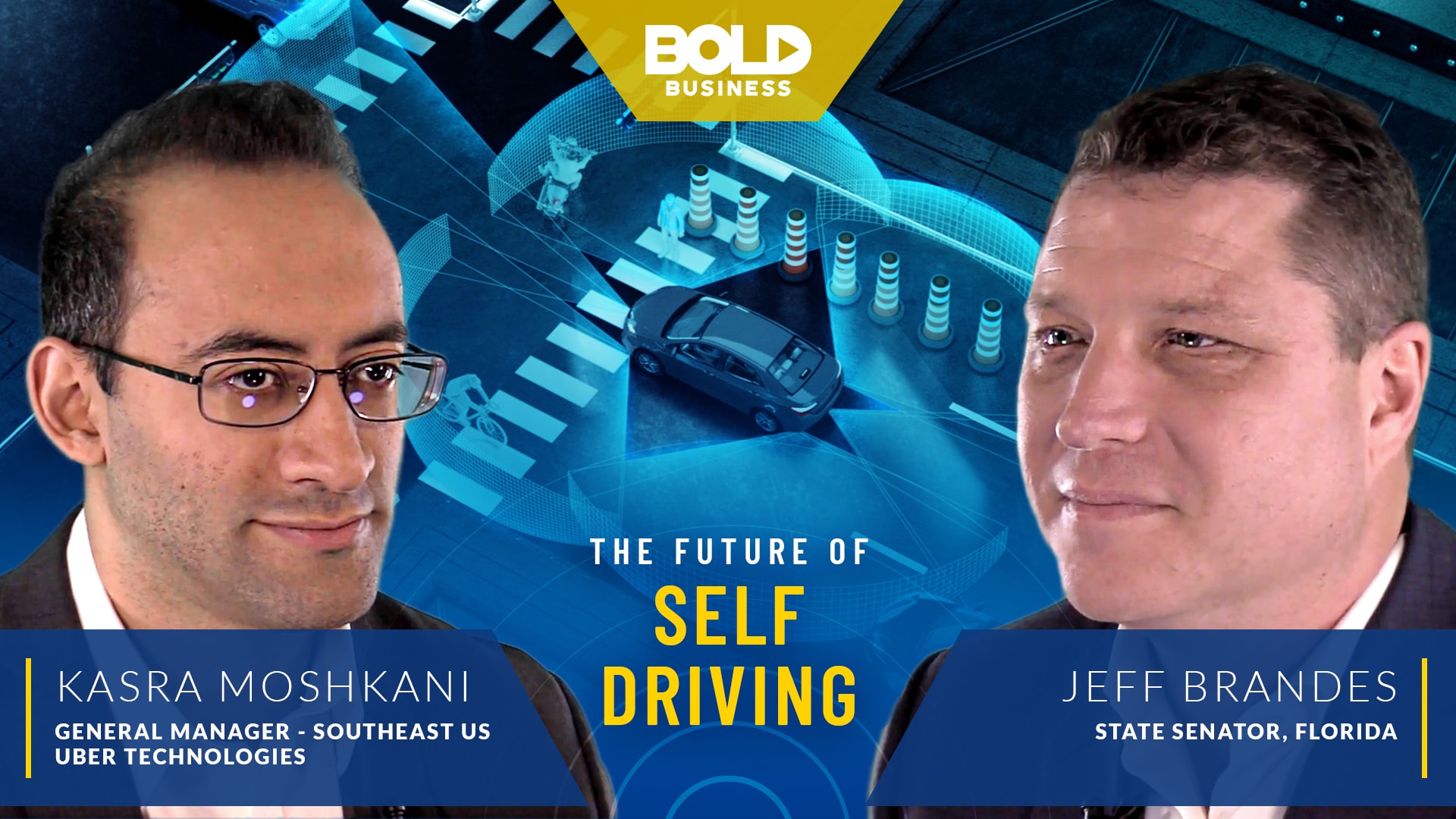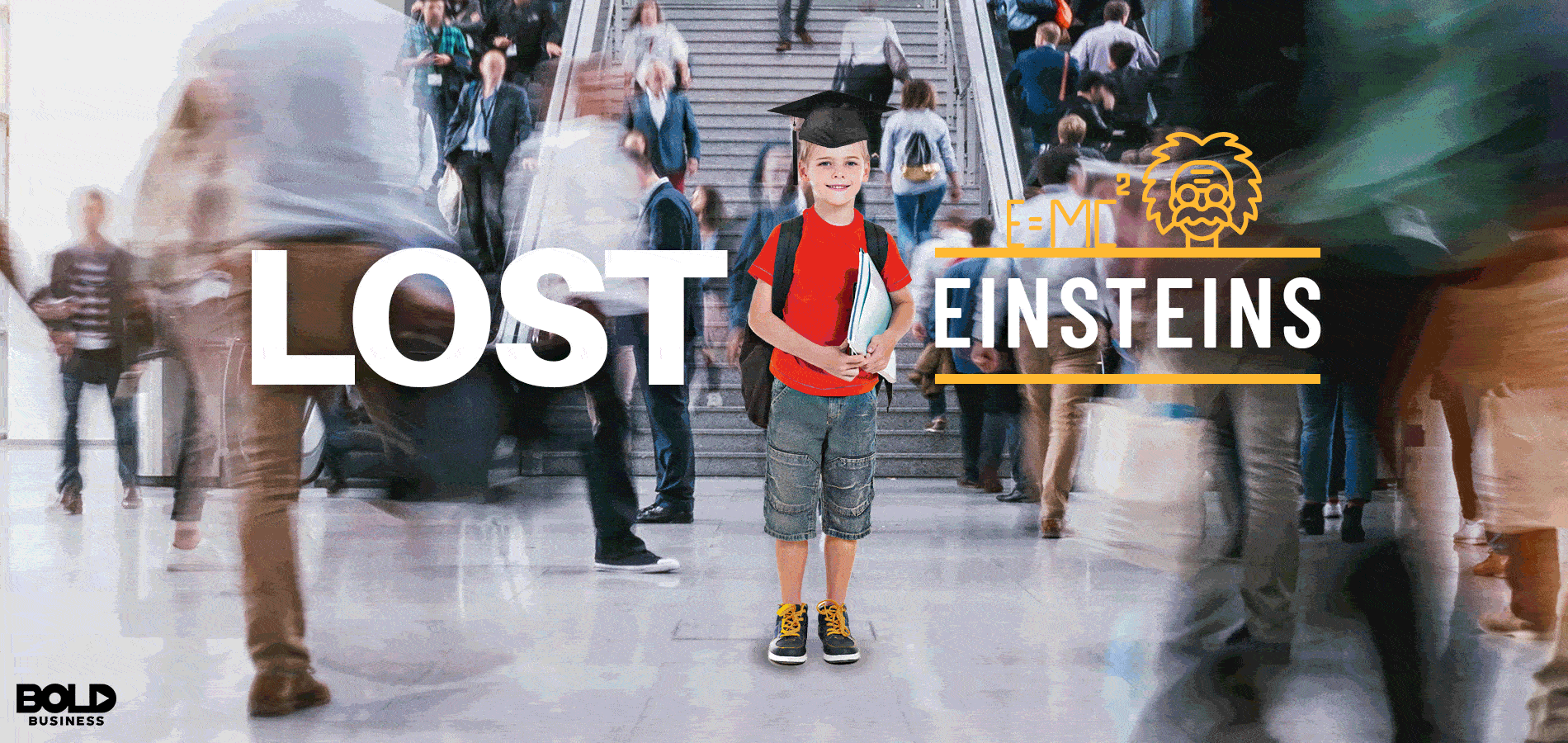The Bold Impact of Self-Driving Cars on Society




In the topic of driverless cars, precise, careful, and accurate navigation are top concerns. People are apprehensive around autonomous vehicles because they believe the absence of human instinct and decision making puts them at risk. But recent developments in lidar, or Light Detection and Ranging, make autonomous driving perhaps even safer and more intelligent than human driving.
Lidar sends out lasers that function like sonar or echolocation, ultimately building a 3D view of its surroundings. In a previous Bold Business interview, author and Journalist Bill Holstein remarked that lidar will be the foundation of how future vehicles navigate independently. Unlike cameras and sensors that can be obstructed by dirt or snow, lidar is more resilient and reliable, especially in severe weather conditions.
Volvo has been one of the biggest investors in the advancement of autonomous vehicles. They continually strive to be the expert in driverless operations, hence their recent partnership with Luminar. The car manufacturing giant believes that Luminar is the leader in the lidar industry. So much so that Luminar is the recipient of Volvo’s Tech Fund. They are also Luminar’s first customer. Together they plan to develop a new “perception development platform” using laser-based imagery.
A car traveling down the road bathes the surrounding area with lasers. When it spots a stalled car 700 feet ahead, it sends this information to the “brain”, which decides if it should slow down or change lanes. Volvo makers are refining the program for highway driving as operating at higher speeds requires the autonomous vehicle to have a wider range. They said 250 meters is only seven and a half seconds ahead so every second counts for autonomous driving.
Luminar’s lidar has ten times more range and 50 times more resolution that other advanced lidar sensors. It also has farther reach at 200 meters ahead, as opposed to the 30 to 40 meters by other companies. This gives driverless cars enough distance and time to react safely at highway speeds. Luminar also uses infrared laser wavelength that doesn’t affect human eyes. It allows its beams to be more powerful without posing a risk to bystanders.
Holstein reiterated that lidar will be the primary sensing technology for driverless cars. Sensors and cameras will be part of the system, but these will most likely be considered as secondary measures. Cameras can see better detail, especially lights coming from traffic lights and other cars, but are not as fast as lidar in processing time. These cameras and sensors are less optimal on their own in extreme weather conditions, so lidar, sensors, and cameras must work together smoothly.
Volvo is only one of the four car manufacturers Luminar is collaborating with. The second OEM they partnered with is the Toyota Research Institute. The other two partner companies have yet to be named, perhaps until more advancements are finalized for public announcement.
Another prominent lidar company, Velodyne, has partnered with Ford. Apart from autonomous vehicles, they also deploy lidar technology on trucks and drones. General Motors also bought startup Strobe, and Argo AI acquired Princeton Lightwave. The technology may still be in its infancy, but its promising technology has paved a new era for the constantly developing automotive industry.


America has long been recognized as a global leader in innovation and inventors. Google (Alphabet), eBay, Microsoft, Amazon, Facebook and Apple are all examples of U.S. based companies that leverage technology and creativity to change the world as we know it. Others like Tesla, Intel and Monsanto have similarly advanced societies through science and engineering. However, according to a recent study published in the National Bureau of Economic Research, America has only scratched the surface when it comes to realizing its potential in invention and ingenuity. And the implications these findings have on our future as a nation are tremendous.

The study, recently published, involved a collaborative investigation conducted by economic experts from MIT, Harvard, Stanford, the London School of Economics, and the U.S. Treasury in an effort to see which individuals might be more likely to become inventors. A total of 1.2 million inventors were identified based on patent applications in the U.S. between 1996 and 2014 for this purpose. The researchers then examined the inventors’ gender, race and socioeconomic class as potential “predictors” of their future life course. The results were both incredible and disturbing. Based on their analysis, the following observations were made:
The knee-jerk reaction in response to these findings might be that the children who failed to become inventors were less adept academically. However, this is not necessarily true, according to the researchers. In fact, when mathematics test scores were examined in 2.5 million students in the New York area, lower performance accounted for less than a third of the gap between inventors and non-inventors in later life. Guess what had a larger impact? The actual living environment where the child grew up. By comparing geographic areas with high and low rates of inventions, children’s tendency to become inventors based on where they had lived was also examined. These finding revealed some impressive insights as well.
The implications of the study’s findings are more significant than might be realized. Not only do the results indicate lost opportunities for millions of students over the last generation, but this could also have a profound impact on America’s future. According to a Pew Research Center report, ethnic minorities will represent more than half the U.S. population by the year 2050. The U.S. Census Bureau predicts this will happen by 2042. Since it will take time to reverse current trends, solutions need to be pursued now if America’s leadership in innovation is to continue. Tomorrow’s inventors are being born today, and the opportunity for positive change is now.
The researchers in the study highlighted the importance of early childhood experiences in relation to the socioeconomic, ethnic, and gender gaps among students becoming inventors in later life. In fact, differences in these pursuits and academic performance exist by the time students reach third grade. All children, especially those identified in the current study, need to be empowered and supported in areas of technology, innovation and invention. This can be achieved through inclusive activities like mentoring programs, school projects addressing real-life problems, and the use of technologies in the classroom. These experiences, if enjoyed early in life, can make all the difference in the world for a child and for America’s leadership in innovation.